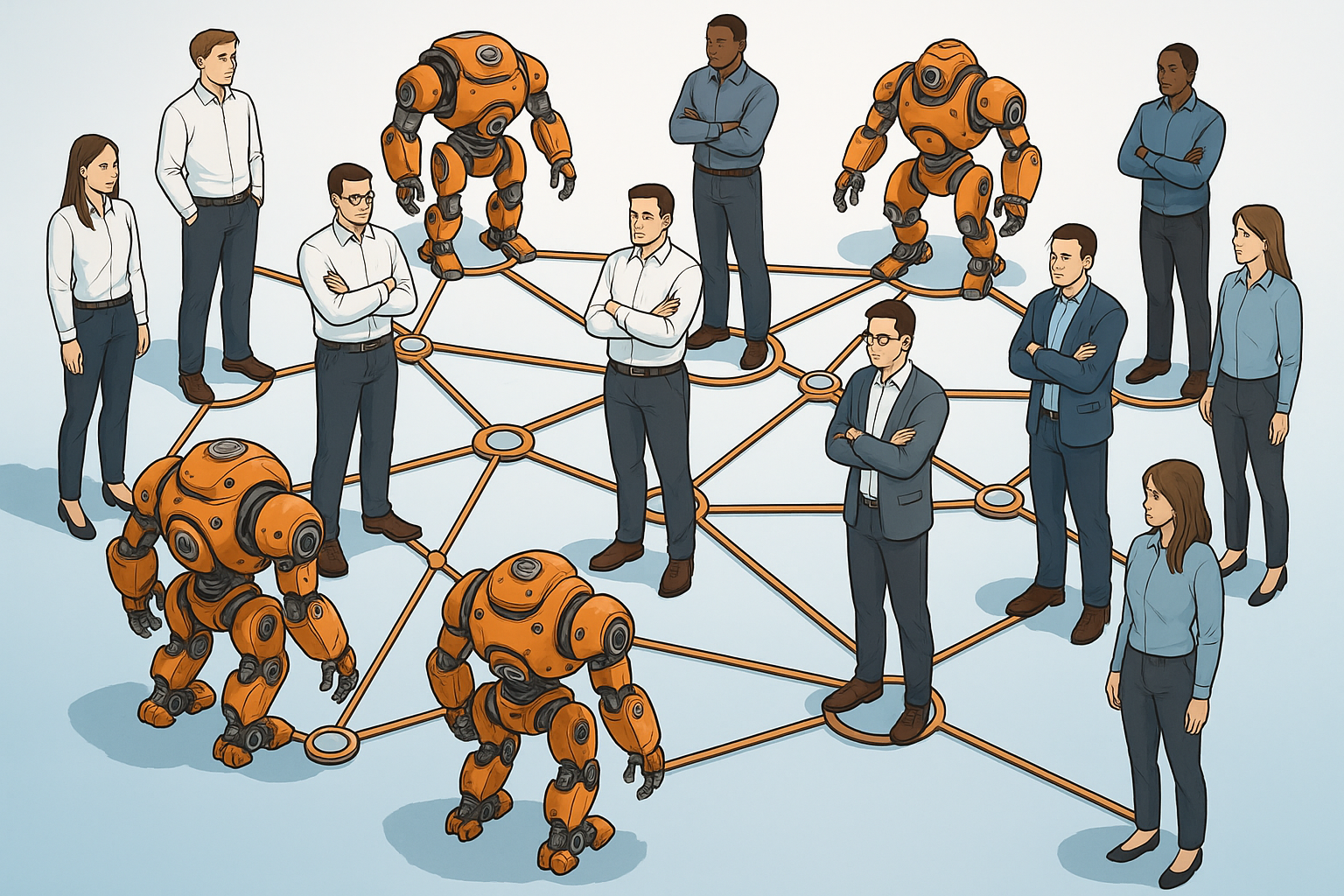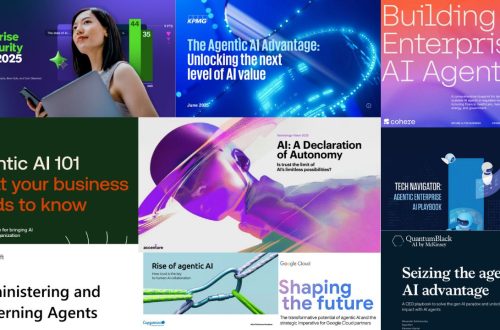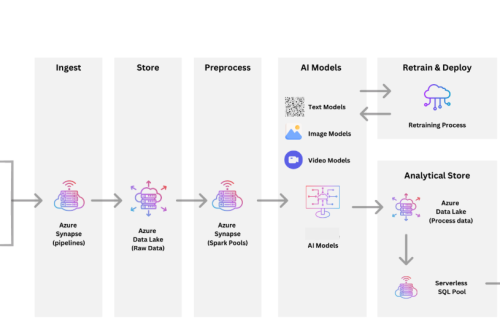Remember when everyone was just trying to wrap their heads around chatbots? Fast-forward to today, and we’re talking about AI agents taking real seats (well, virtual ones) in org charts. Not just sidekicks, but full-on coworkers. It’s a wild shift, but it’s already happening.
So what are agents, and how will they actually work inside a company structure?
What Are AI Agents Anyway?
Think of agents as smart, persistent digital workers. Unlike basic bots that need you to prompt them every time, agents are more like junior team members who know their job, stay on task, and report back. They can reason through goals, chain multiple actions together, and even collaborate with other agents or humans to get things done.
An example? A sales agent might:
- Scan emails for leads,
- Log CRM updates,
- Book meetings automatically,
- And even follow up after calls – all on its own.
Now imagine one of those in every department.
Where Agents Fit in the Company Org
Let’s be real: AI agents won’t replace everyone, but they’re going to change the vibe of your team structure.
Here’s how it might look:
1. Operations Teams
Agents here can monitor workflows 24/7, flag bottlenecks, and automate approvals. Think of them like ops analysts who never sleep and never ask for a Timmy’s run.
2. Marketing & Comms
AI agents can run A/B tests, optimize content, and even generate social media posts aligned with your brand tone. (So yeah, maybe they’ll even write blogs like this one; but not with as much local flair, hopefully.)
3. Customer Support
Forget waiting on hold. AI agents can resolve most Tier 1 tickets instantly, escalate complex ones smartly, and learn from past cases. It’s like giving your support team unlimited interns that actually get better over time.
4. HR & People Ops
Agents can onboard new hires, answer policy questions, and help with scheduling – making HR feel a bit more like “Human + Robotic” Resources.
New Roles Will Emerge Too
Just like we needed social media managers when Facebook exploded, agent-era companies will need new roles:
- Agent Managers to supervise, evaluate, and fine-tune agents.
- Prompt Engineers (yep, still hot) to feed agents clear instructions.
- AI Ops Teams to monitor performance and make sure things don’t go rogue.
These roles will bridge human skills with AI capability — the sweet spot.
The Benefits? Huge.
✔️ Speed: Agents don’t sleep, stall, or forget.
✔️ Scale: You can have one agent per process — without paying 100 salaries.
✔️ Focus: Humans can get back to thinking while agents do the repetitive heavy lifting.
But Hold Up — There Are Some Watch-Outs
- Security & Access Control: What happens if an agent leaks data?
- Bias & Trust: Agents are only as good as their training. Garbage in = garbage out.
- Work Culture: We’ll need to rethink collaboration when part of the team is non-human.
So, companies will have to invest in governance frameworks – not just flashy AI tools.
Final Thoughts
We’re heading into a world where “co-worker” might mean a colleague you don’t see or even one you don’t need to email, because it already did what you wanted. If that sounds futuristic, just remember: five years ago, most people didn’t know what an LLM was.





